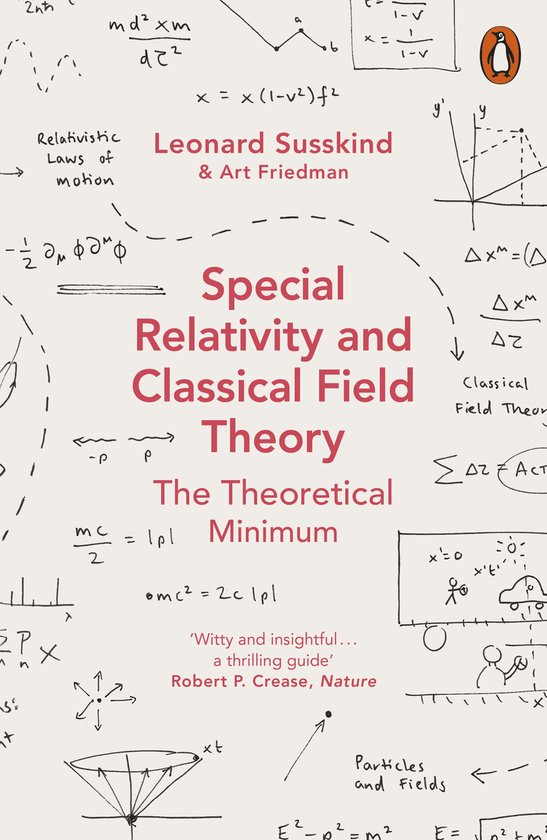
Introduction to Special Relativity
By the year 1900, most of physics seemed to be encompassed in the two great theories of Newtonian mechanics and Maxwell's theory of electromagnetism. Unfortunately, there were inconsistencies between the two theories that seemed irreconcilable. Although many physicists struggled with the problem, it took the genius of Einstein to see that the inconsistencies were concerned not merely with mechanics and electromagnetism, but with our most elementary ideas of space and time. In the special theory of relativity, Einstein resolved these difficulties and profoundly altered our conception of the physical universe.
Readers looking for a concise, well-written explanation of one of the most important theories in modern physics need search no further than this lucid undergraduate-level text. Replete with examples that make it especially suitable for self-study, the book assumes only a knowledge of algebra. Topics include classical relativity and the relativity postulate, time dilation, the twin paradox, momentum and energy, particles of zero mass, electric and magnetic fields and forces, and more.
Readers looking for a concise, well-written explanation of one of the most important theories in modern physics need search no further than this lucid undergraduate-level text. Replete with examples that make it especially suitable for self-study, the book assumes only a knowledge of algebra. Topics include classical relativity and the relativity postulate, time dilation, the twin paradox, momentum and energy, particles of zero mass, electric and magnetic fields and forces, and more.
| Auteur | | James H. Smith |
| Taal | | Engels |
| Type | | Paperback |
| Categorie | | Wetenschap & Natuur |




